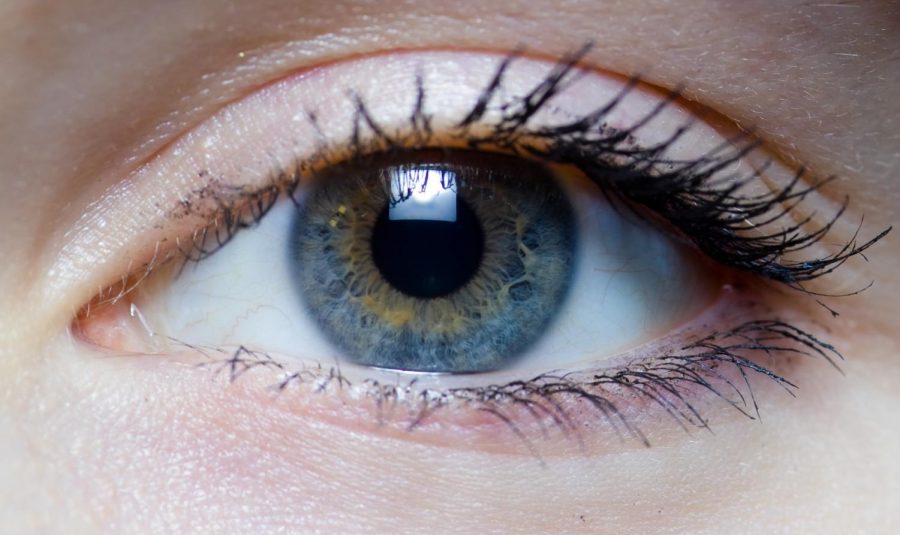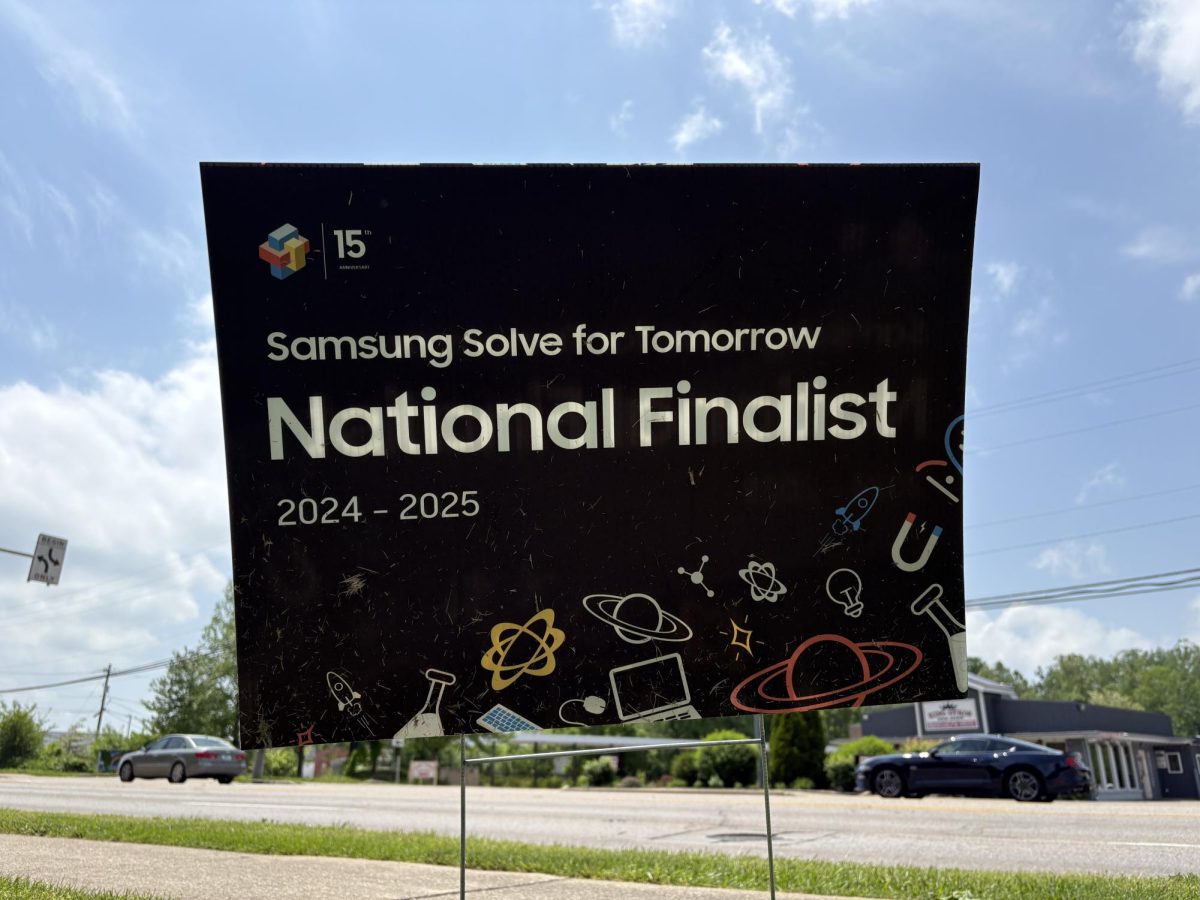Whether you need them to read, see the board, or merely accessorize, glasses are a huge part of not only our health but also of our society as a whole. In fact, the percentage of kids and teens needing glasses has soared– according to an article in The Week UK, it is expected that over half of young people worldwide will have myopia, or short-sightedness, by 2050.
Having myopia means that your eyes cannot refract light correctly. It can cause blurred vision, eye strain, and headache. Myopia is corrected by minus power lenses, which means that a lot more glasses will be out in the world.
“They’re calling myopia an epidemic,” said Dr. Melanie Carver, a local optometrist at the College Mall Lenscrafters.
This all leads to one question: why is this happening?
Although there are many things that factor into the answer to this question, one thing connects them all: myopia is genetic as well as acquired. As expected, myopic parents pass their condition on to their children. However, various activities can also lead to people developing short sightedness.
“We are spending a lot more time on those devices,” said Carver when asked why myopia was so prominent. “We are spending less time outside [and have] less exposure to sunlight.”
Increased exposure to the outside world–a world away from screens–will help prevent myopia. Luckily, however, there are things that one can do even if they already have myopia.
“We can slow [myopia] down through contact lenses… there are drops we can use [as well],” said Carver on myopia treatment.
It’s also important to note that lots of screen time doesn’t just cause myopia– it can do a lot worse, according to Dr. Carver.
“From studies I’ve read, kids and teens have pupils permanently dilated. [They are also] less aware of peripheral vision.”
It’s safe to say that screen time is truly catastrophic when it comes to teen eye health. Hopefully, with all the studies being done and the awareness being spread throughout the world, kids and teens alike will make an effort to combat the next big health epidemic.



